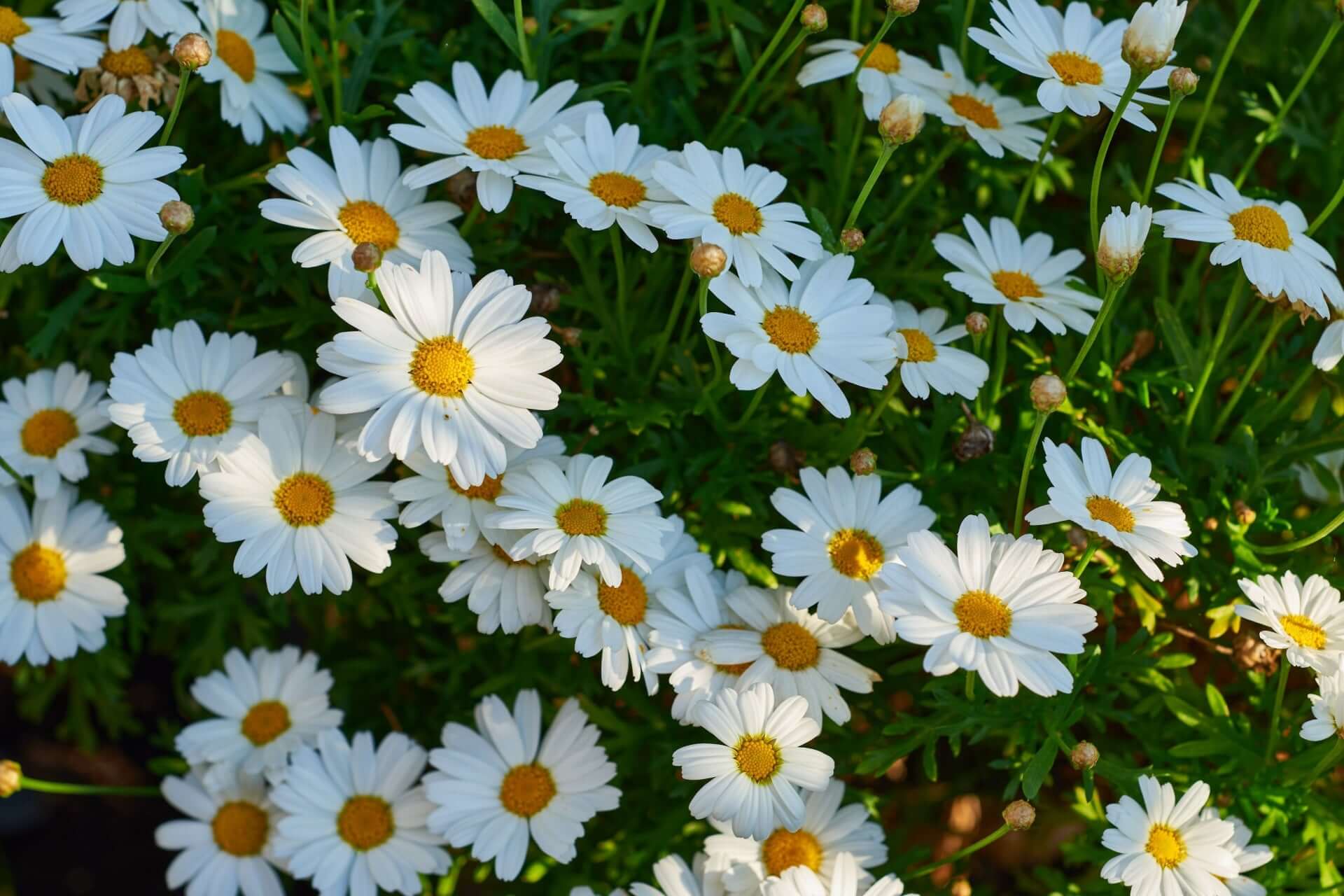Shasta daisies, with their crisp white petals surrounding a bright yellow center, are a beloved choice for gardeners seeking a classic, cheerful look. Their simplicity and elegance can bring fresh air to any garden, and their ability to bloom in large numbers makes them a showstopper in the landscape. Shasta daisies thrive in various settings, from sunny borders to cottage gardens, providing beauty and structure. But how do you care for these radiant perennials and what can you expect as they grow? Let's dive into some common questions about developing and maintaining Shasta daisies.
What month do you plant Shasta daisies?
Timing is everything when it comes to planting Shasta daisies. The best time to plant them depends on your climate, but in most regions, planting in early spring or fall is ideal. For spring planting, aim to get them in the ground after the last frost has passed and the soil has warmed up a bit. Fall planting, on the other hand, gives Shasta daisies a chance to settle into the soil and get a head start for the following spring, especially in areas with milder winters.
If you plant in spring, you may see blooms by mid to late summer, offering a stunning display during the year's warmest months. Fall-planted daisies won't bloom until the following growing season, but they'll reward you with robust, well-established plants ready to burst into life when the weather warms up. When choosing a planting time, always consider your local climate and the particular growing conditions of your garden.
Do Shasta daisies spread quickly?
Shasta daisies are known to be moderately vigorous in the garden. They form clumps that grow larger over time but don't have the rampant spread of some other garden perennials. Typically, you can expect a healthy clump of Shasta daisies to expand gradually, filling in garden beds and borders with beautiful white flowers.
While Shasta daisies don't spread aggressively, they do have the potential to expand their footprint year after year, especially in well-drained soil with plenty of sunlight. One of the benefits of this gradual growth is that it allows gardeners to plan their garden designs without worrying about the plants overtaking nearby spaces too quickly. Dividing the plants every two to three years helps manage their size and ensures that the clumps don't become too dense, which can lead to reduced flowering.
If you're looking for a plant that will fill in gaps and create a consistent visual impact without overwhelming your garden, Shasta daisies are a great choice. They offer steady, reliable growth without being unruly, and their spreading habit can be easily managed with regular maintenance.
Will Shasta daisies come back every year?
Yes, Shasta daisies are perennial, meaning they will return year after year in most climates. Once established, these hardy plants are known for their resilience and can tolerate various conditions. In U.S.D.A. hardiness zones 4-9, Shasta daisies will overwinter in the ground, and you can expect them to re-emerge each spring, providing a consistent display of blooms year after year.
One of the joys of growing Shasta daisies is their reliability. As long as they are planted in a well-draining spot with adequate sunlight, they will thrive for many years. Over time, you may notice that the center of the clump starts to die out or produce fewer flowers, which is a sign that it's time to divide the plants. Dividing every two to three years rejuvenates the daisies.
In colder climates, providing a layer of mulch in the fall can help shield the roots, ensuring that your daisies return strong in the spring. Proper winter care can extend the life of your Shasta daisies, allowing you to enjoy their cheerful blooms for many seasons.
What is the best variety of Shasta daisy?
There are many varieties of Shasta daisies, each with its unique characteristics. One of the most popular and widely grown varieties is 'Becky.' This variety is known for its tall, sturdy stems and large flowers reaching 3-4 inches across. 'Becky' is particularly admired for its long bloom period, often flowering from early summer through early fall. It also has excellent resistance to heat and humidity, making it a top choice for gardeners in warmer climates.
Another noteworthy variety is 'Snow Lady,' a more compact version of the traditional Shasta daisy. Its shorter size makes it excellent for smaller gardens or container planting. Despite its size, 'Snow Lady' still produces abundant blooms, providing the same bright white and yellow color palette that Shasta daisies are famous for.
'Alaska' is another classic variety prized for its cold hardiness. If you live in a region with particularly harsh winters, 'Alaska' is an excellent option, as it's known to tolerate lower temperatures while still putting on a solid display of flowers during the growing season.
Choosing a suitable variety depends mainly on your specific garden needs. Whether you want a tall, dramatic variety like Becky, a compact plant like Show Lady, or a cold-hardy option like Alaska, there's a Shasta daisy variety to suit every gardener's preferences.
Shasta daisies are a timeless addition to any garden. They offer reliable blooms, graceful beauty, and easy maintenance. With a bit of care and the proper planting time, these perennials will reward you with a stunning display year after year, making them a favorite.
